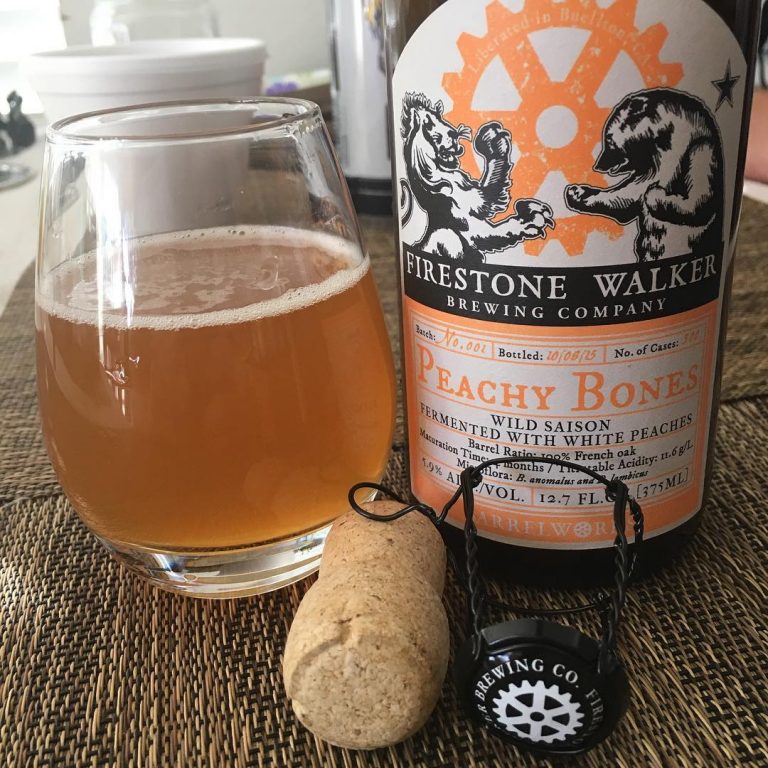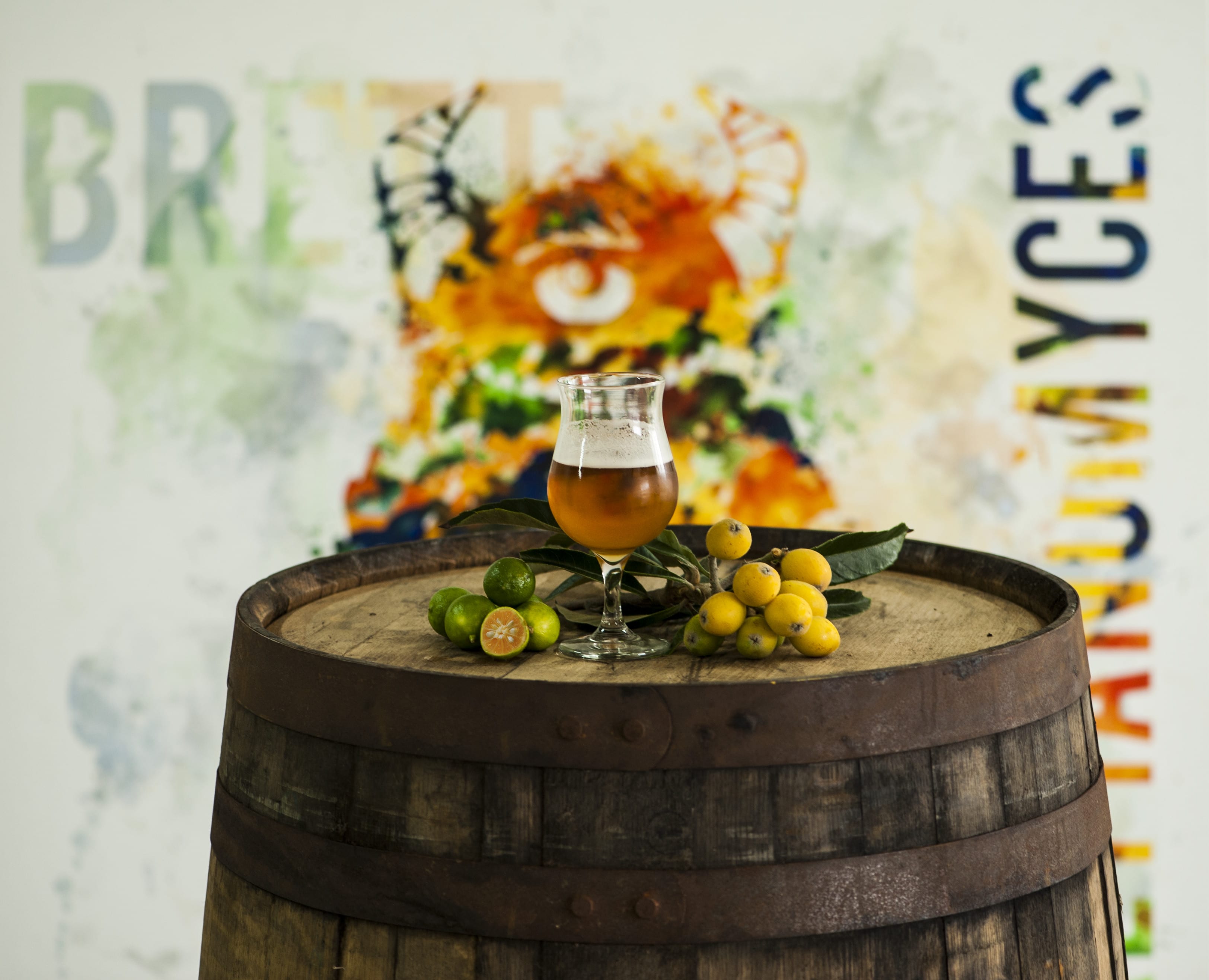

In Berlin, Berliner Weisse was their interpretation of a wheat beer. Historically, regional breweries focused on refreshing and light, tart beers. Berliner Weisse and Goseīeer in Germany has not always been centralized around ultra-clean lagers. Combined with oakiness and sweet dark malts, Flemish sour beer is unique and tasty.

Aged in large wooden tanks called foeders, Flemish or Flanders red ale or sour beers are either red or brown and have an acetic sourness kind of like balsamic vinegar. In Flanders, sour beers have a distinct and recognizable characteristic. Other popular bottled lambic beers are blended with fruit to create fruit lambic. Kriek (cherries), framboise (raspberries), and other types of fruit lambic are available from any of Belgium’s 10+ lambic breweries. It’s highly carbonated in the bottle and is very acidic, funky, and refreshing. Gueuze (or geuze) is a blend of 1, 2, and 3 year old lambic. Straight lambic can be consumed flat which tastes funky, cider-like, and sour. It’s usually around 5-6% ABV, slightly hazy, and very delicious. Wild yeast and bacteria slowly chew away at the sugars and dextrins over time. The beer is left to ferment for years inside oak barrels. This is known as spontaneous fermentation, as no yeast is directly added to the wort. This is a large open top cooling vessel where the wort chills overnight.ĭuring this time, wild yeast and bacteria native to the Senne Valley enter the brewhouse and inoculate the wort. After the boil, the wort is transferred to a coolship.

Aged hops are boiled for 4 hours to impart bitterness and preservative qualities. A labor-intensive mash, called a turbid mash, produces a cloudy and dextrinous wort. Lambic is brewed using barley malt and raw wheat. To call your beer lambic, it must be brewed in the region surrounding Brussels. In fact, like Champagne, lambic is a protected name. Around Brussels, in the Senne Valley, lambic producers have been brewing for centuries. Here’s a breakdown of some of the major styles within sour beer: LambicĬonsidered the holy land for sour ales, Belgium has a long tradition of funky brewing. Because of this, beers can take on many different characteristics. The range of complex flavors come from each brewery’s unique blend of yeast. These bugs, along with brewers yeast, ferment and sour their beer. Head to Corona, 10 minutes from Wicks, and you’ll find great beer at Main Street, Stone Church, Skyland, and Storytellers.Sour brewers use bacteria called lactobacillus, brettanomyces, and pediococcus.

To the south, Greywolf Brewing (Norco) is 15 minutes from Wicks. Another 10 minutes and you’ll be at Redlands: Ritual, Escape, Hangar 24, and Our Brew. North of Riverside, 3 Iron Brewing (Colton) is just a 10-minute drive from Euryale. Check out both these locations whenever you happen to be downtown. Stone Church Brewing, from Corona, made Riverside its third location in 2021. Route 30 Brewing (as mentioned above) is a satellite taproom serving its own beers. This makes them both a convenient combination. They’re actually right around the corner from each other in the hub of downtown and a busy shopping area. There are two satellite taprooms in Downtown Riverside. At the moment they’re brewing for a co-owned brewpub and contract beers. Kitchen Sink moved into the old Inland Empire Brewing Company location in late 2020. Try Boxcar Blonde which won a medal at GABF in 2015. Heroes has a few restaurant locations and to that extent they do make fantastic food. It was originally Riverside Brewing Company, then a couple of other concepts, before being taken over by the Heroes restaurant chain in 2013. This is the oldest existing brewery in Riverside.


 0 kommentar(er)
0 kommentar(er)
